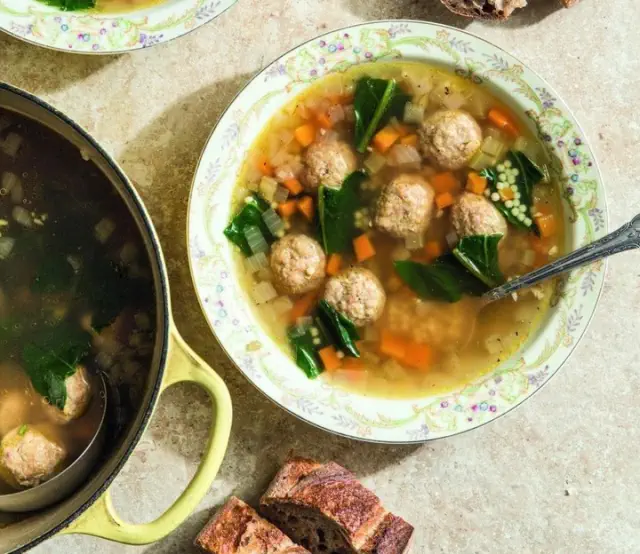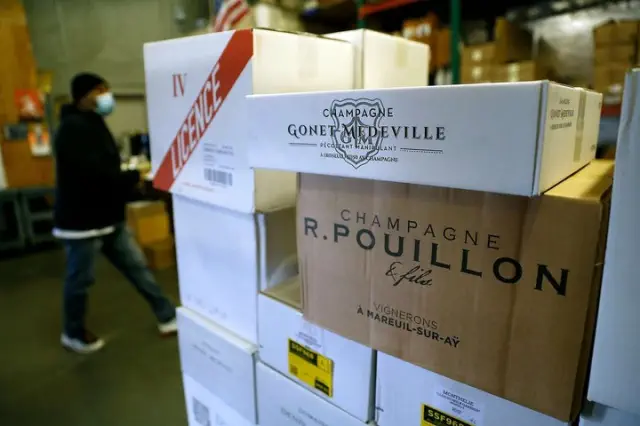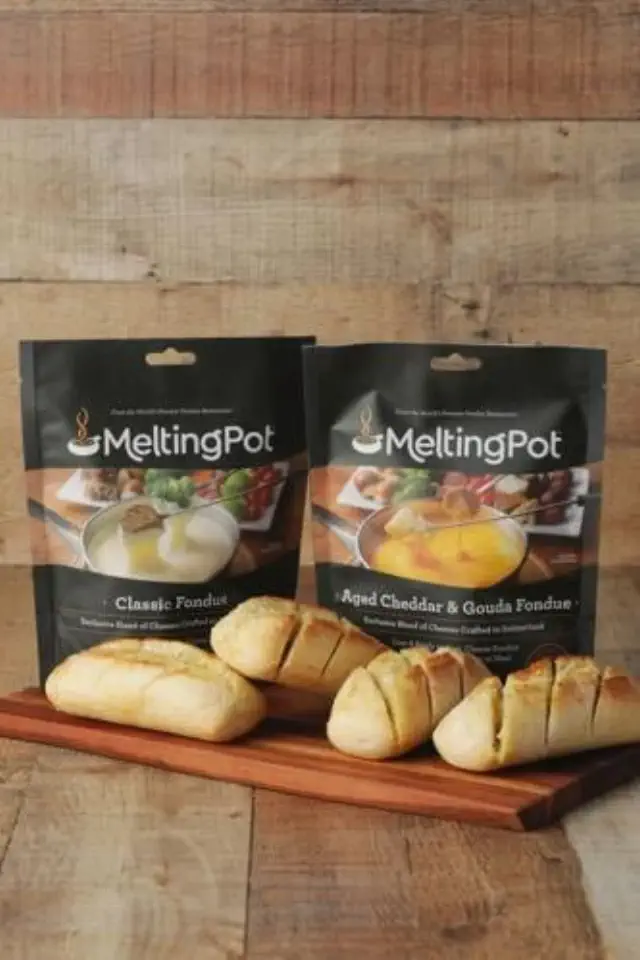
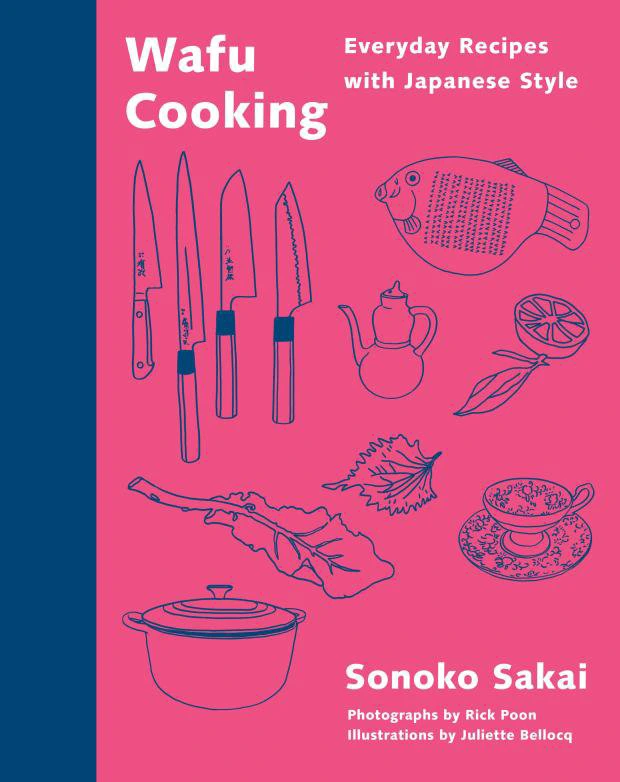
View pictures in App save up to 80% data.
Written by ALBERT STUMM
When Sonoko Sakai's mother added a touch of miso to her lasagna, she wasn't considering the Japanese fusion that would later become a popular trend in American cuisine during the 1980s.
Rather, she was doing what Japanese cooks had been doing for centuries, adapting to outside influences. Many dishes now thought of as quintessentially Japanese are fusions once considered foreign to the country.
Gyoza dumplings made their way to Japan from China roughly a century ago. Tonkatsu, which is a breaded and fried pork cutlet, was inspired by French cuisine and introduced by chefs working in the imperial court during the Meiji era in the late 19th century, following Japan's opening to Western influences. Meanwhile, curry was introduced when the British brought spice blends from their colonies in India.
Sakai, a Japanese-American cooking instructor, mentioned that each dish was modified to incorporate more Japanese elements in her new book, “Wafu Cooking,” which delves into this blend of culinary influences.
Wafu essentially refers to a style that is "Japanese in nature." This can involve incorporating Western flavors into Japanese cuisine or modifying the presentation and overall appeal of a dish to align with Japanese aesthetic preferences.
Consider tonkatsu as a case in point. Imperial chefs would "wafued" the pork cutlets, cutting them into small, manageable pieces that could easily be picked up with chopsticks. To complement the dish's rich flavors, it is served alongside shredded cabbage, and is accompanied by tonkatsu sauce—a unique blend of soy sauce, Worcestershire sauce, and tomato, making it a delightful international fusion.
Sakai frequently incorporates Western recipes into her cooking, advocating for the use of "wafu" as a verb. In her book, she features a white-bean chili that gains an extra depth of flavor from soy sauce. She also enhances her apple pie with miso, just as her mother does with their Bolognese sauce.
Sakai remarked, “I believe it enriches the taste. It doesn’t feel strange or out of place; it simply leaves you curious about why it’s more delicious.”
In Japan, there's a culinary tradition known as kakushiaji, which translates to “hidden flavor.” According to Sakai, these ingredients are akin to secret agents in the kitchen. “I refer to them as little ninjas,” he explained, emphasizing their stealthy role in enhancing dishes.
She discreetly adds sake, soy sauce, and ginger to her Italian Wedding Soup, a recipe passed down from her relatives on her grandmother’s side, hailing from the Italian region of Switzerland. The pork meatballs resemble the filling she prepares for her gyoza, utilizing potato starch as a binding agent rather than the egg typically found in traditional Italian meatballs.
“I didn’t need to come up with a completely new recipe,” Sakai explained. “I’m simply applying my usual techniques. I have a selection of seasonings that I work with. Occasionally, I feel it could use a touch of this or a dash of that. If you have access to these Japanese ingredients, I encourage you to give it a shot.”
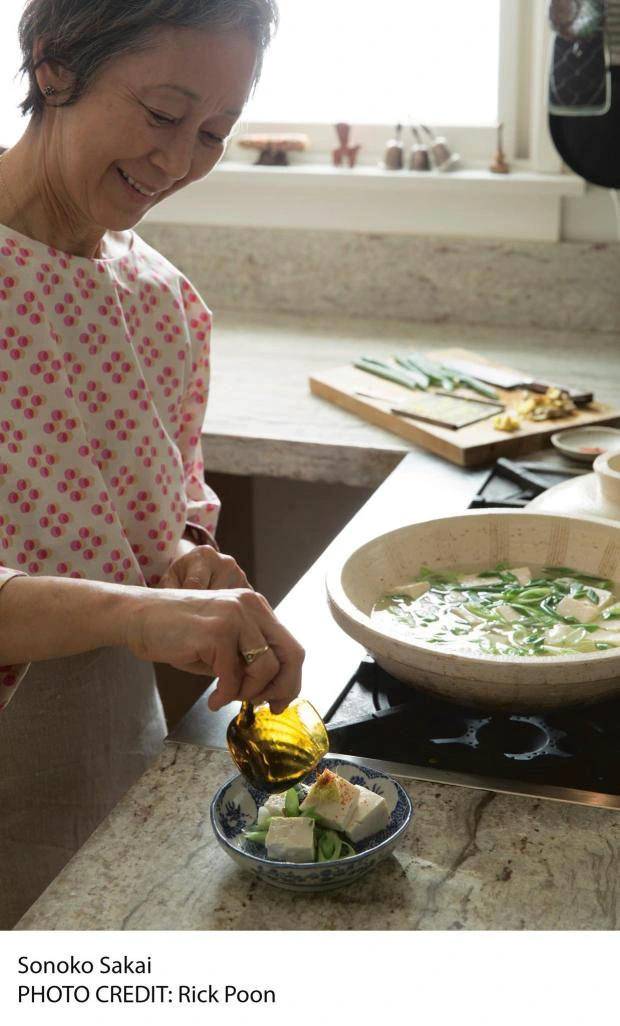
View pictures in App save up to 80% data.
Regarding the meatballs:
- 1 pound ground pork
- 1 yellow onion, grated
- 1 garlic clove, minced
- 1 egg
- 1 tablespoon sake or white wine
- 1 tablespoon soy sauce
- 2 tablespoons potato starch or cornstarch, diluted in 2 tablespoons water
- ½ teaspoon sea salt
- ¼ teaspoon freshly ground pepper
- ¼ cup minced fresh parsley
- 1½ teaspoons oregano
- ½ cup grated Parmesan cheese
Regarding the soup
- 2 tablespoons extra-virgin olive oil
- ½ yellow onion, diced
- 2 garlic cloves, minced
- 1 large carrot, peeled and diced
- 8 cups chicken broth
- ¼ cup sake
- 1 tablespoon soy sauce
- ½ head escarole, coarsely chopped
- ½ cup acini de pepe or other small pasta (such as orzo)
- 1 teaspoon lemon zest
- Grated Parmesan cheese, to serve
- Crusty bread, to serve (optional)
Instructions
Set the oven temperature to 425°F (218°C) to preheat.
To prepare the meatballs, start by mixing together the pork, grated onion, minced garlic, egg, sake, soy sauce, diluted starch, salt, pepper, parsley, oregano, and Parmesan cheese in a medium-sized bowl. Use your hands to blend the ingredients until they are just combined. Shape the mixture into meatballs, each about the size of a tablespoon, and place them on a sheet pan lined with parchment paper. You should yield around 40 meatballs. Bake them on the middle rack for 20 minutes, or until they are lightly browned and almost fully cooked through.
To prepare the soup, begin by placing a large pot on medium heat. Pour in the oil and sauté the onions and garlic until they become tender, which should take around 3 minutes. Next, incorporate the carrots and continue to sauté for an additional 2 to 3 minutes. After that, pour in the broth, sake, and soy sauce, bringing the mixture to a boil. Once boiling, reduce the heat to a simmer and carefully add the meatballs one at a time. Allow the meatballs to cook through, which will take approximately 5 to 7 minutes. Finally, add the escarole, cover the pot with a lid, and let it simmer for another 10 minutes.
Meanwhile, heat a small saucepan filled with water until it reaches a rolling boil over high heat. Stir in a pinch of salt and add the pasta. Reduce the heat to a gentle simmer and cook until it's al dente. Once done, rinse the pasta under cold water, drain it well, and set it aside.
Right before you serve the soup, incorporate the cooked pasta into the pot. Season it with salt, pepper, and a sprinkle of lemon zest. If you like, serve it alongside grated Parmesan and some crusty bread.
